Kensington Palace |
|
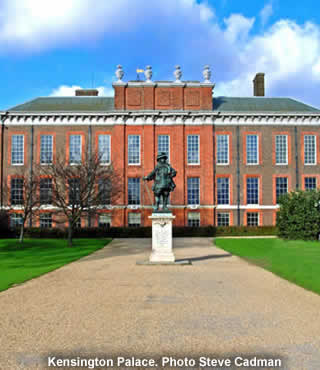 |
|||
A Palace and Gardens that has been in the Royal family since the 17th century |
|||||||||
Listen to this article |
|||||||||
|
|||||||||
Kensington Palace has been in the Royal Family since the 17th century, when King William III commissioned Sir Christopher Wren to convert the building into a Royal Palace. Several monarchs were born here, the last being Victoria in 1819. 18 years later she was called from her bed to be told she had become queen. |
|||||||||
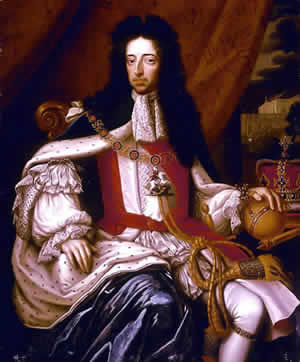 King William III Source WikiMedia (PD) |
|||||||||
|
|||||||||
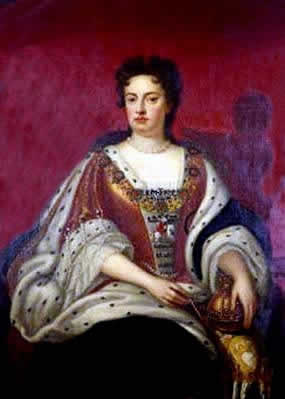 Queen Anne Source WikiMedia (PD) |
|||||||||
The building was designed with separate suits of rooms for the king and queen, with visitors using the queen’s entrance. On entering the palace you see the Royal Dress Collection containing royal, court and ceremonial dresses dating from the 18th century, including some of Princess Diana’s dresses. Other highlights of the palace include the Kings Gallery showing paintings from the Royal Collection. There is also the Cupola Room, designed by William Kent in 1722. The monumental musical clock, which once played tunes by Handel, Corelli and Geminiani, remains in this room. |
|||||||||
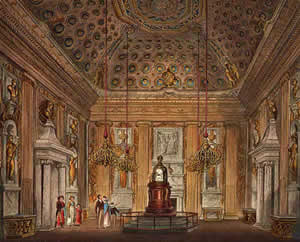 The Cupola Room c1800 Source WikiMedia (PD) |
|||||||||
|
|||||||||
 Kings Grand Staircase Photo horaceko |
|||||||||
During September 1997, Kensington Palace was the focus of public mourning when thousands of people came to the home of Diana, the Princess of Wales, to lay flowers at the gates in her memory. Her death in a car-crash in Paris traumatised the nation and pictures of the palace golden gates with a carpet of flowers were beamed around the world. |
|||||||||
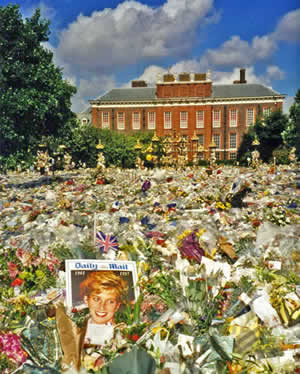 Flowers at Kensington Palace gates in September 1997, left in memory of Diana, Princess of Wales Photo Annabel Sheppey |
|||||||||
|
|||||||||
A path from the gates of Kensington Palace leads to Kensington Palace Gardens, a tree lined avenue containing some of the grandest and most expensive houses in the world. It has long been known as "Billionaires Row" due to the wealth of its private residents, although the majority of its current occupants are embassies and ambassadorial residences. The street is still lit by very dim Victorian-style streetlights. |
|||||||||
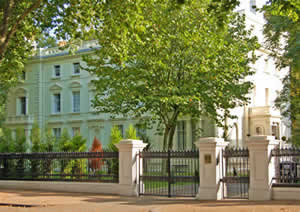 Russian Embassy in Kensington Palace Gardens |
|||||||||
Kensington Gardens were once the private gardens of Kensington Palace, but are now one of London’s Royal Parks. The park has been laid out with fashionable features including the Round Pond, formal avenues and a sunken Dutch garden. The gardens are full of charm starting with a statue of the fictional Peter Pan, the boy who never grew up playing his pipes to the fairies and other magical inhabitants of the park. |
|||||||||
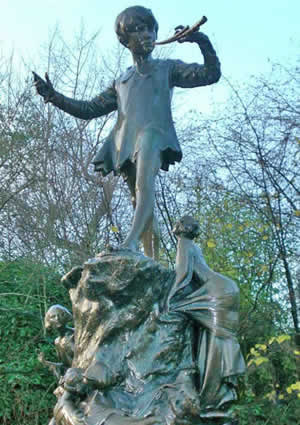 Peter Pan Statue |
|||||||||
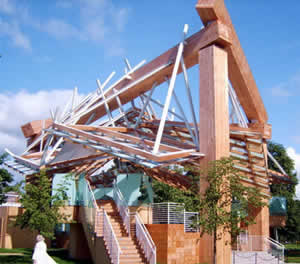 The Serpentine Gallery is one of London’s best-loved galleries for modern and contemporary art (entry is free) and a different architectural experiment is built each year to house it Photo fesek |
|||||||||
The Albert memorial was commissioned by Queen Victoria in memory of her beloved husband and opened in 1882. Finally, there is an obelisk dedicated to John Speke, an officer in the British Indian army, who made three voyages of exploration to Africa. |
|||||||||
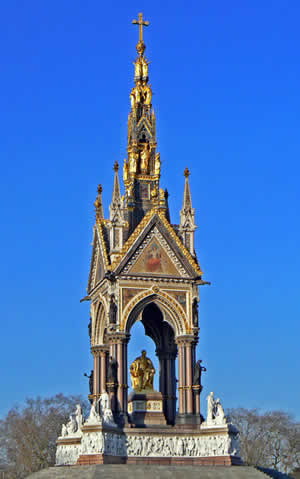 The Albert Memorial Photo TourNorfolk |
|||||||||
Rotten Row is a broad track connecting Kensington Palace with Hyde Park Corner. The name comes from the row of tumbledown cottages infested with rats, that once stood here. Rotten Row was created during the late 17th century and was lit by 300 oil lamps, becoming the first artificially lit highway in Britain! |
|||||||||
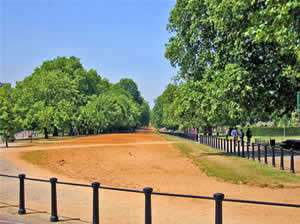 Rotten Row Photo Andrew Dunn |
|||||||||
|
|||||||||
Kensington Palace is open daily 10am to 5pm. Entry costs around £15. The park is open dawn till dusk, all year round. Nearest Tube High Street Kensington. Tel: 0844 482 7777 |
|||||||||
|
Pocket Britain is optimised for use on a smartphone or tablet with internet access. All content is subject to copyright. All reasonable methods have been used to ensure information supplied is accurate at the time of publication. However, it is advisable to check information before relying on it. Privacy Policy |